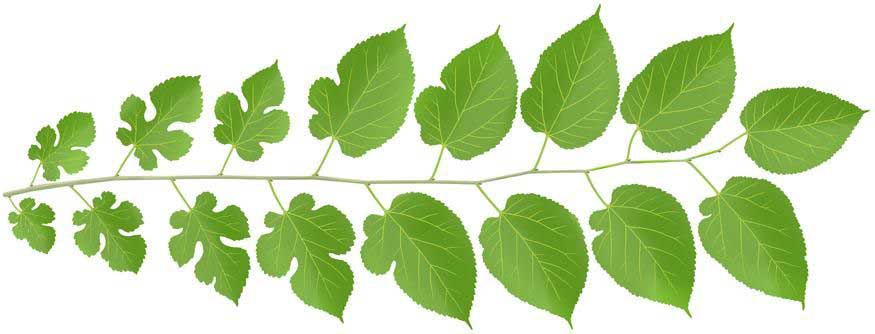Family: Moraceae
- Native to eastern and central China.
- Introduced into America for silkworm culture in early colonial times.
- Considered a trashy or weed tree in many parts of the country including urban areas. Needs full sun and also adequate space.
- Named for the color of its buds, rather than the color of its fruit. The fruits are edible by wildlife and birds, but the wild white mulberry fruits are not normally eaten by humans.
- Leaves are uniquely shaped. They are variously lobed even on the same tree. Some of the leaves are mitten-shaped, while others have multiple lobes, and some may not have any lobes.
For more information, visit these sites:
https://plants.usda.gov/plantguide/pdf/pg_moal.pdf
http://www.oplin.org/tree/fact%20pages/mulberry_white/mulberry_white.html

